| VIEW THIS EMAIL IN YOUR BROWSER > |
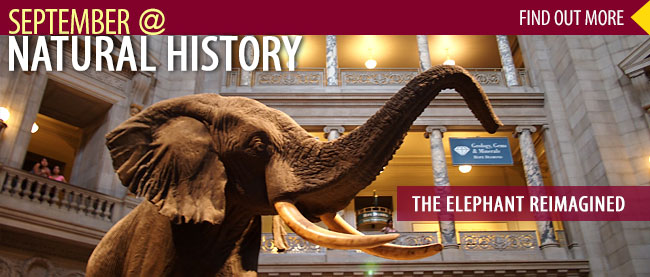 |
 |
|
 |
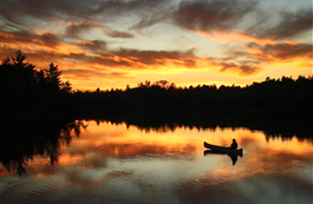 |
Credit: Dawn M. LaPointe.
|
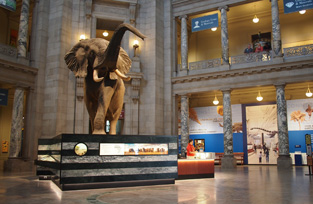
|
| Credit: Charles Chen, Smithsonian. |
|
The Elephant Gets a Facelift
|
Wilderness Forever |
The Museum's iconic 8-ton, 14-foot-tall African bush elephant is standing on a new setting! The new installation incorporates the latest scientific information on these magnificent but threatened animals. Learn what's being done to mitigate threats of poaching, illegal ivory trade and habitat loss, and what you can do to help protect wild elephants. 1st Floor.
More >
Read about it in The Washington Post > |
This juried photography exhibition celebrates the 50th anniversary of the Wilderness Act, a cornerstone of American environmental conservation, and explores the majesty, diversity, and value of the nation's wilderness areas.
Fifty award-winning images captured by professional, student and amateur photographers, reveal America as you've never seen it before -- wild, untouched and free. 2nd Floor.
More >
|
| MORE EXHIBITS > |
 |
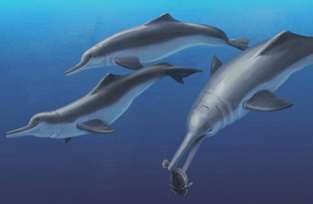 |
| Illustration by Julia Molnar. |
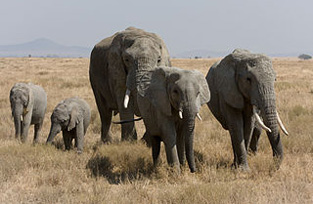 |
© Ikiwaner/GFDLv1.2
|
|
|
Loss of Large Mammals Increases Human Risk from Rodent-Borne Diseases |
Fossil Specimen Reveals a New Species of Ancient River Dolphin |
Research suggests that protecting large animals like elephants and zebras may also be, in effect, protecting our own health. Dr. Kris Helgen, curator of mammals, and Dr.
Hillary Young, former Smithsonian post-doctoral fellow, have provided experimental evidence showing that the risk of rodent-borne disease
doubles in landscapes that have lost these large animals.
Read more >
|
Smithsonian
scientists and colleagues have discovered a new genus and species of river
dolphin that has long been extinct. The fossil, which dates from 5.8–6.1
million years ago, was found on the Caribbean coast near the town of Piña,
Panama. The team's research, which sheds new light on dolphin evolution, was published Sept. 1 in the scientific journal Peer J.
Read more > |
| MORE RESEARCH > |
 |
|
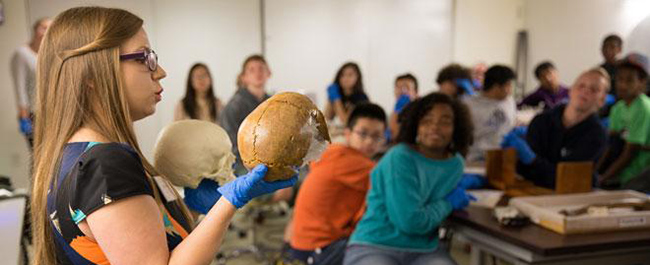 Students engaged in the 'Mystery at Yorktown Creek' school program. Credit: Jennifer Renteria, Smithsonian. Students engaged in the 'Mystery at Yorktown Creek' school program. Credit: Jennifer Renteria, Smithsonian.
|
| See the New Season's Schedule of Smithsonian Science How Live Webcasts |
Forensic Mysteries! -- Free School Programs in Q?rius |
Bring a Smithsonian expert into your classroom or home with Smithsonian Science How, a free, interactive television-style program streamed live through the internet.
Join us on October 8 for the first show of the season, "How Fossils Explain the Rise of Dinosaurs," featuring paleontologist Hans-Dieter Sues, who will answer questions submitted by viewers. Send your questions in advance to qrius@si.edu, or submit them online during the program!
See the 2015-16 webcast schedule >
Register for upcoming webcasts > |
Two "Forensic Mysteries" programs, “Mystery at Yorktown Creek” and “A Grizzly Discovery” are now open for school groups in grades 6-12. During these staff-led programs, students examine bones, objects and artifacts using the forensic tools and techniques of Smithsonian scientists.
Read more about the "Mystery at Yorktown Creek" in the Q?rius Blog >
Q?rius, The Coralyn W. Whitney Science Education Center, offers six free, standards-aligned, staff-led programs in a variety of topics on weekday mornings from October - June.
Register for a free school program > |
| MORE EDUCATIONAL PROGRAMS > |
 |
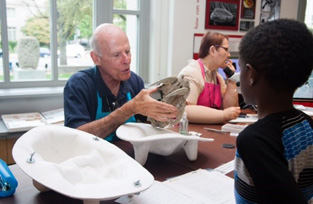 |
| Credit: Smithsonian Institution. |
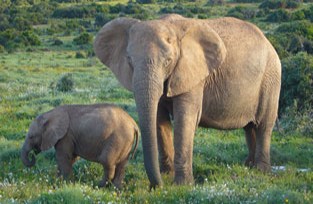 |
Gorgo /Wikimedia Commons/PD
|
|
|
Support the Museum |
Volunteer |
Museum scientists, through their research and discovery, show how conserving endangered species like elephants affects the ecosystem and, ultimately, your own survival. This research, in turn, can be used by you and your community to make eco-friendly decisions that are healthy for both animals and humans.
The Museum's efforts help both people and threatened animals— make a gift today >
|
Share your fascination with fossils or enthusiasm for natural science!
Opportunities are available for a variety of interests, abilities and knowledge levels.
Learn about volunteer opportunities and benefits >
|
| MORE WAYS TO GET INVOLVED > |
 |
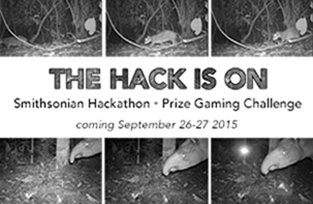 |
| Credit: Diana Marques. |

|
Credit: Laura Rock, courtesy NOAA.
|
|
The Expert Is In: Tracking Giants-Tagging Goliath Grouper in the Florida Atlantic
|
The Hack is On: Smithsonian Hackathon Prize Gaming Challenge |
Ever wonder where fish live? Do they call one reef or multiple reefs home? Did you know that some fish form massive groups during certain times of the year?
Stop by the Sant Ocean Hall on September 16 between 2 and 4 p.m. to meet fishery biologist Robert Ellis, who explores these and other questions about Goliath Grouper in the Atlantic.
Read more >
|
Does nature inspire you? Are you a gamer? Can you hack? This hackathon is meant for you. We are calling on all bio-inspired game developers to help us solve a challenge, and offering $5,000 to the winner. The hackathon is sponsored by eMammal, an open data, citizen science collaboration.
Saturday & Sunday, September 26-27
Registration deadline: September 21
Learn more and register now >
|
Tracing Roots: A Weaver's Journey: Film Screening, Discussion & Demonstration
|
A Third Way to Fight Climate Change: Discussion and Q&A with Tim Flannery
|
Archived in museums, stored in collections, kept safe in our very own homes – what is it about objects that make them so special, and what can we learn from them? Tracing Roots is a new documentary that inspires audiences to make powerful connections between environment and art, collecting and living cultures, and between what is on the shelf and the meaning of its origin. The film focuses on Haida elder and master weaver, Delores Churchill, and her unique discovery of an ancient spruce hat found in a retreating glacier during a warm summer.
Join us on Wednesday, October 28, at 6:15 p.m. for this free film screening and discussion with the subject of the film, Delores Churchill, and producer/director Ellen Frankenstein.
A weaving demonstration with Delores Churchill will follow.
Register now > |
As the 2015 United Nations Climate Change Conference approaches, the world awaits the assessment of progress in dealing with climate change. Will we meet the goal of preventing global temperatures from rising beyond 2 degrees Celsius?
The response to this question, and the discussion around climate change, has been met with pessimism, but best-selling author and world-renowned scientist and environmentalist Tim Flannery argues that there is room for optimism. In his new book, "Atmosphere of Hope: Searching for Solutions to the Climate Crisis," Flannery examines the situation confronting our planet and offers his thoughts on how to ensure an ecologically viable future.
Join us on Monday, November 2, at 6:15 p.m. as Flannery shares his views. A book signing will follow.
Register now > |
| MORE EVENTS > |
|
|
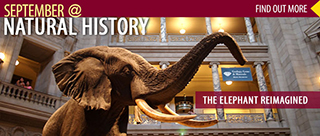
|
Banner Image: African bush elephant in the Rotunda, National Museum of Natural History.
Credit: Charles Chen, Smithsonian Institution.
|
© 2015 Smithsonian's National Museum of Natural History
10th St. and Constitution Ave., NW | Washington, DC 20013 |
CHANGE EMAIL PREFERENCES > |
|